

Great Orme Copper Mine
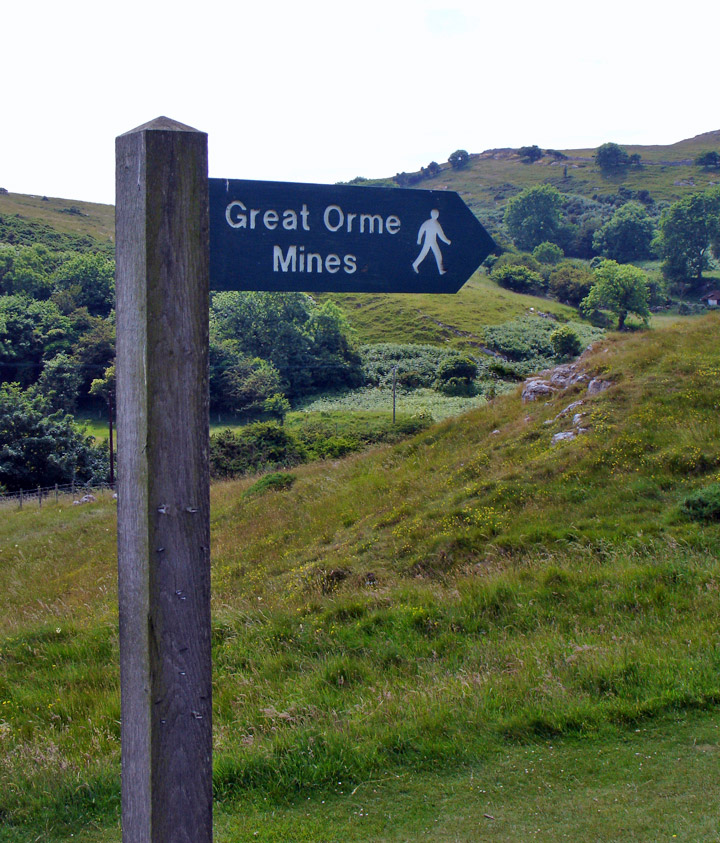
hiking on the Great Orme

approach to the Copper Mine
The limestone pavement of the Great Orme (and the Little Orme to the east of the town) is rich in metal ores which were formed by volcanic activity some 450 million years ago. These copper rich mineral veins were first mined by Bronze Age people some 4000 years ago. Over the next few millennia they created what is probably the worlds largest prehistoric underground excavation, and certainly the largest open to the public.

The Bronze Age
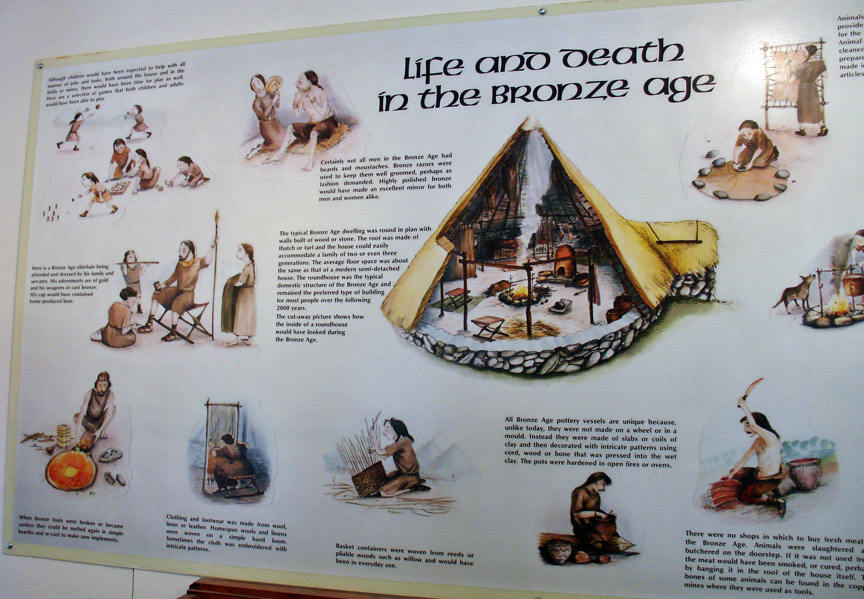
how the people lived in the Bronze Age
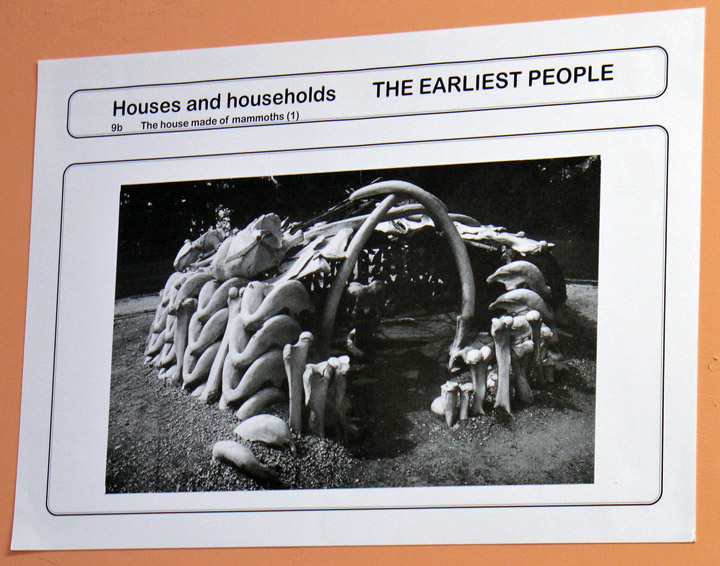
very early houses were made from mammoth bones
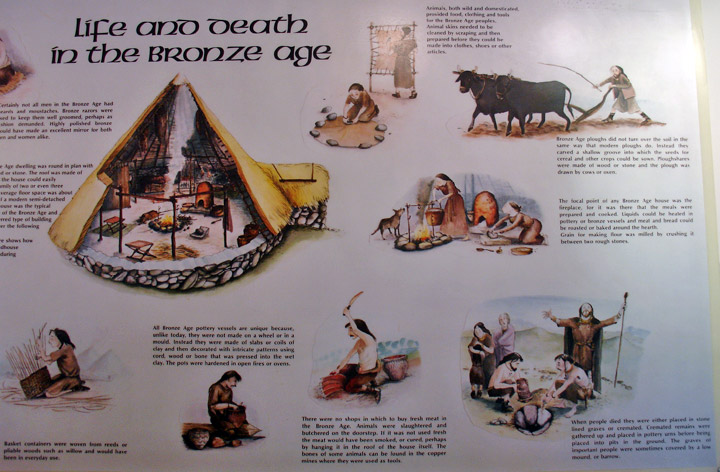
people's activities and life in the Bronze Age
The mine is thought to have been worked, generation after generation, by a local clan who used nothing but bone scrapers. largely from farmed animals. and stone hammers to retrieve copper. They would have been supplied by goods from farmers in Anglesey. who in turn would have benefited from the products of the mine.
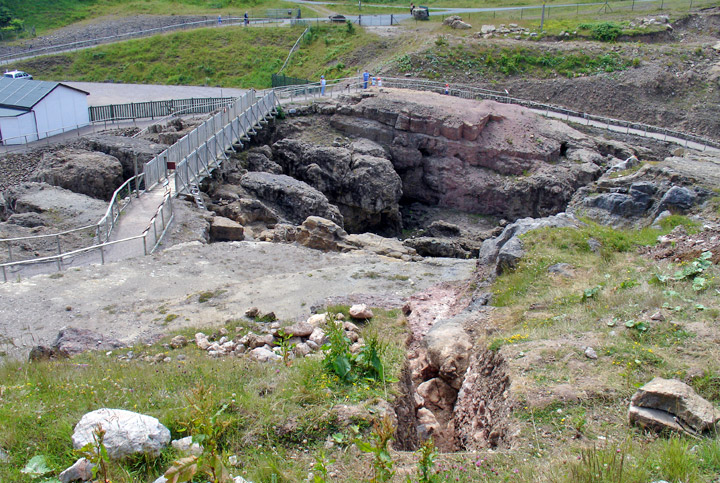
the mine area

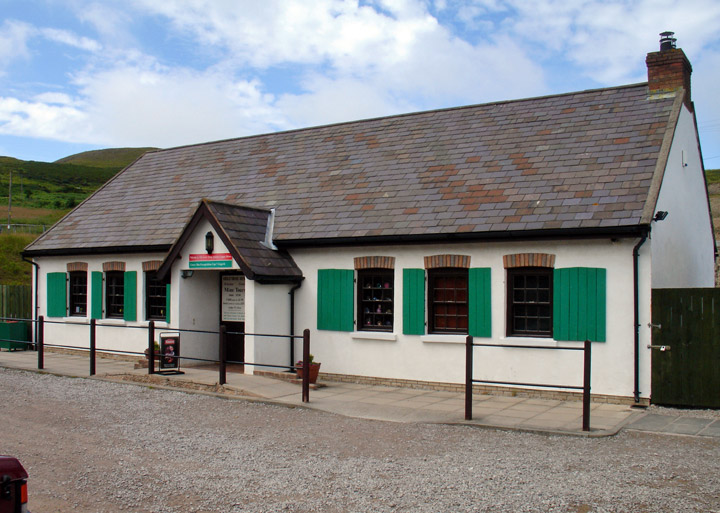
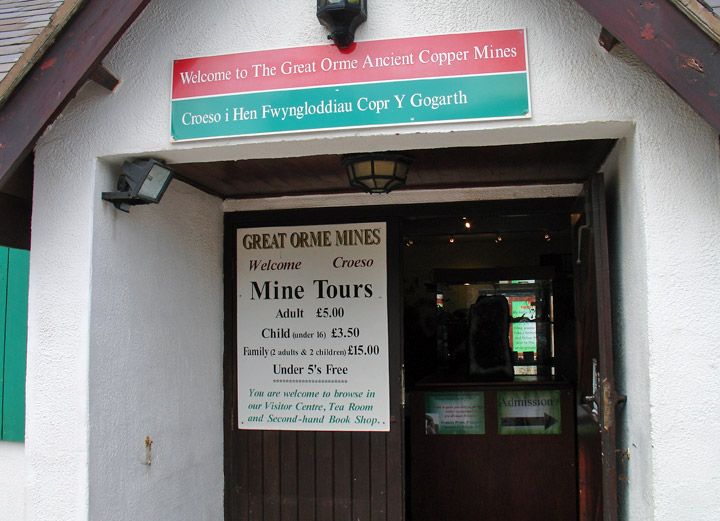
The Great Orme Ancient Copper Mine museum
Charcoal for the smelting process and wood for fire setting or lighting would
probably have come from the Conwy Valley. The remains are from coppiced trees,
indicating that the Conwy Valley forest resources were managed to keep the mine
in constant supply of wood.

mine tour
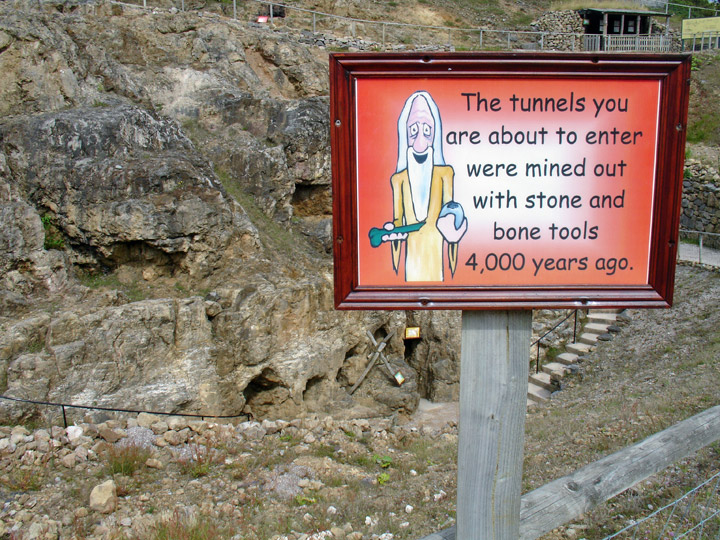
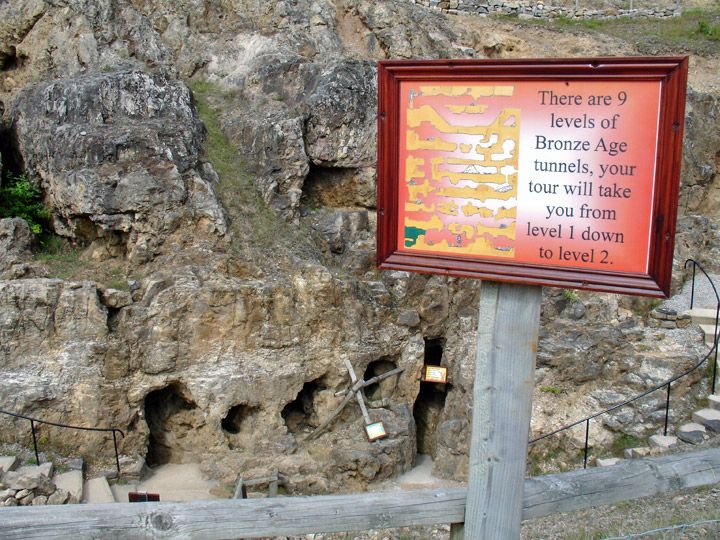
the ancient mine was nine levels deep
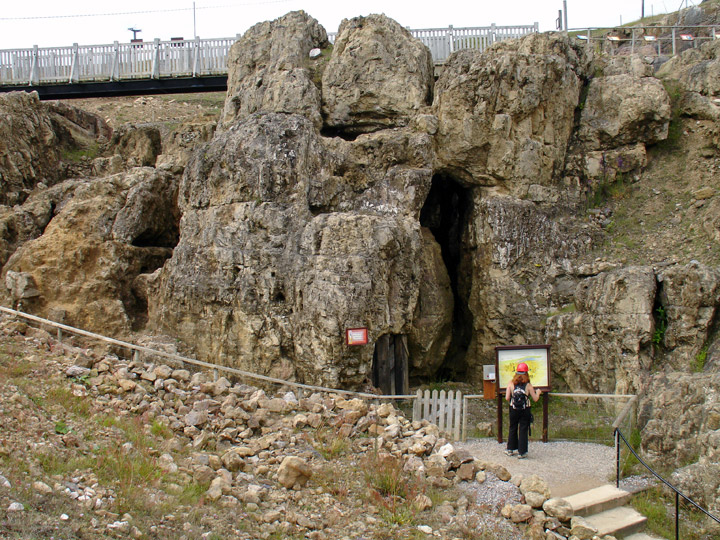
entering the mine
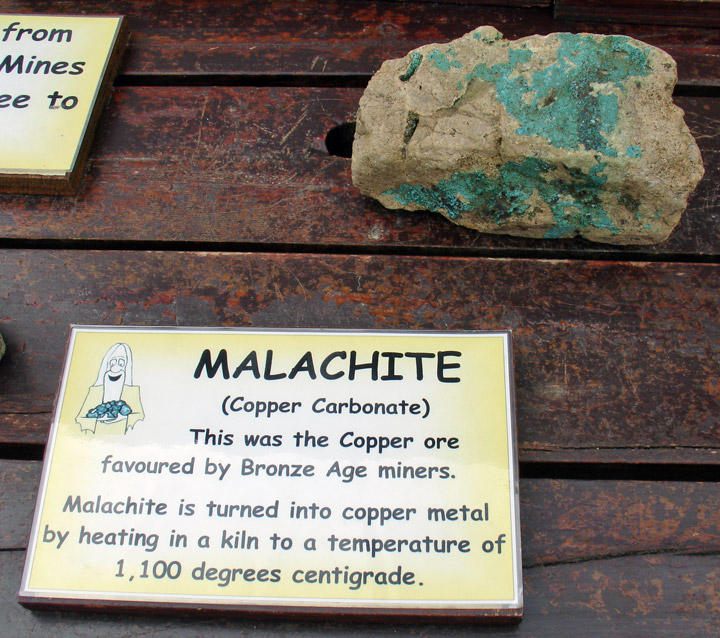
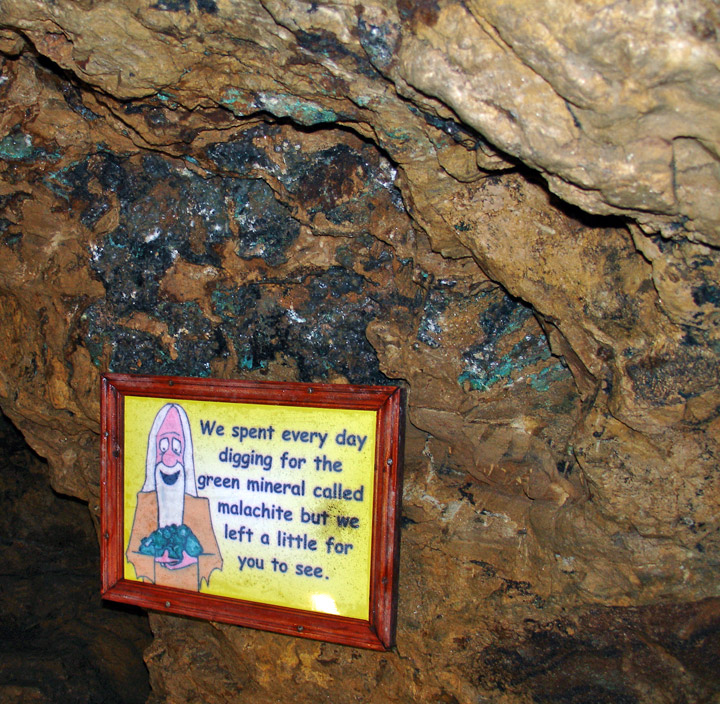
the green Malachite mineral seen on the walls of the mine
The mines were abandoned in 600BC and not worked
again until 1692. When, at the end of the 19th century. the mine became
uneconomical to run. it was buried under timber and rubble until it was
discovered a century later and turned into a tourist attraction and excavation
site.
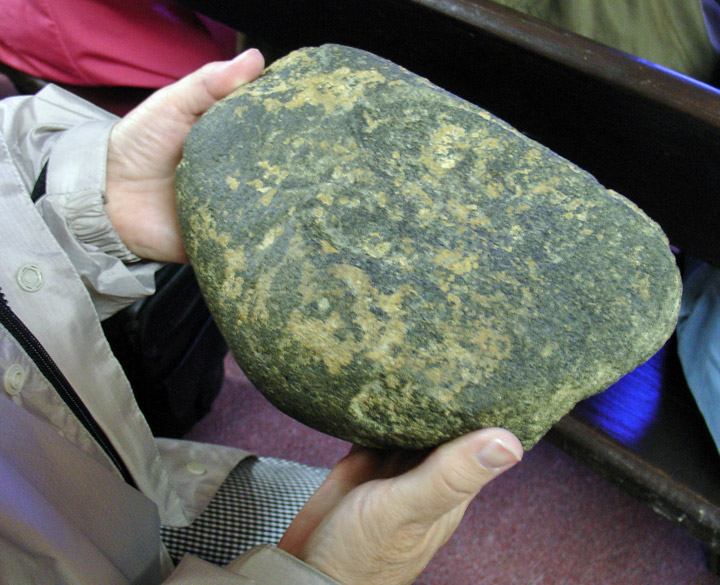
stone used as a hammer
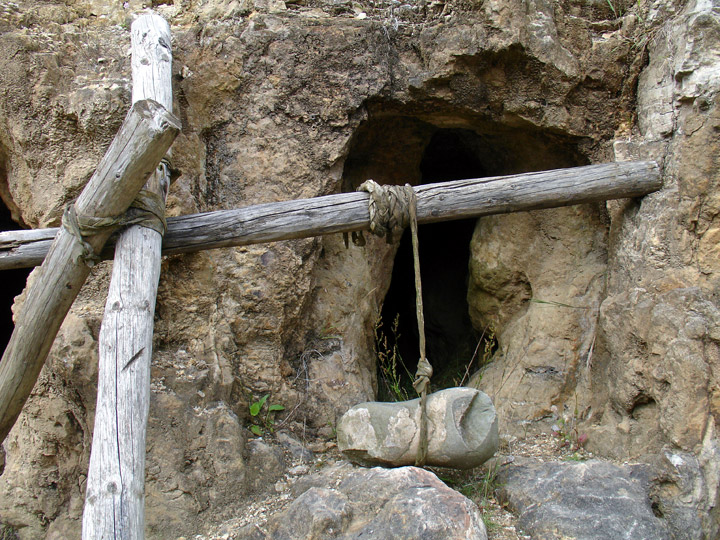
used to break the rock

some the the stones found in the excavations
Bronze Age miners used volcanic stones. usually of Dolerite or Diorite. from the beach as hammers and over 2.500 of these have been found (ranging from 2 to 29 kilos in weight). Loose and broken rock was then scrapped away with a piece of animal bone. Of the 30.000 bones found in the mine about 80% are from cattle with the remainder from sheep, goats. deer and wild hoar. Sometimes the miners lit fires against the rock which would crack after it was allowed to cool. Charcoal remains of coppiced trees indicate that forest management was practiced to supply the mine with wood.

walking through the ancient shafts
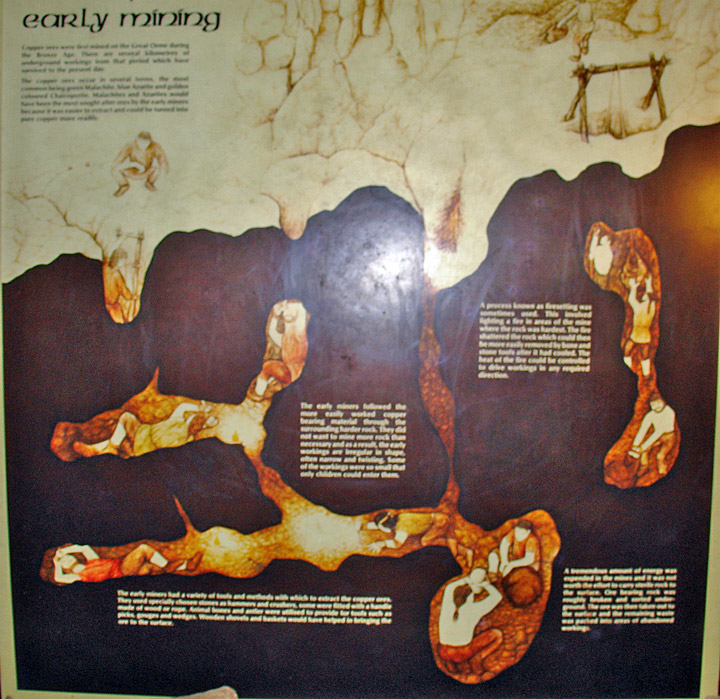
how the ancient miners worked
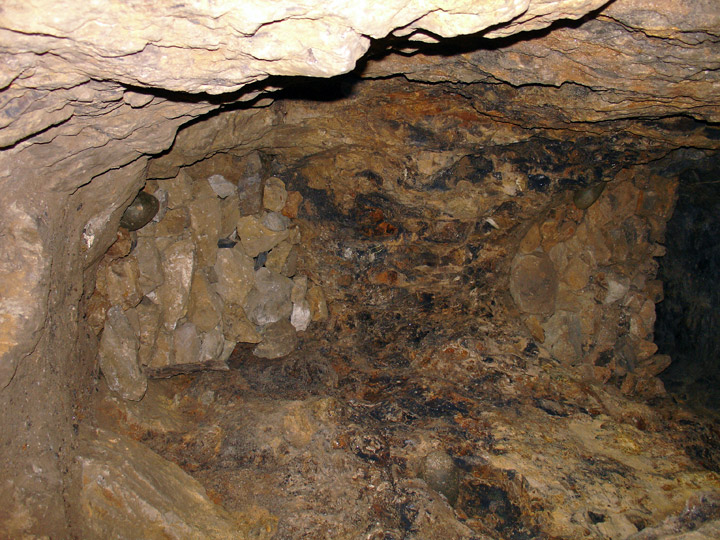
old stone wall closing parts of the diggings
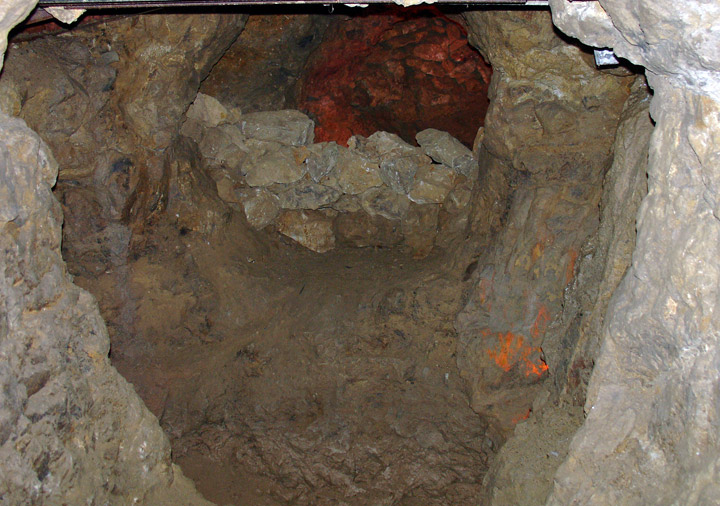
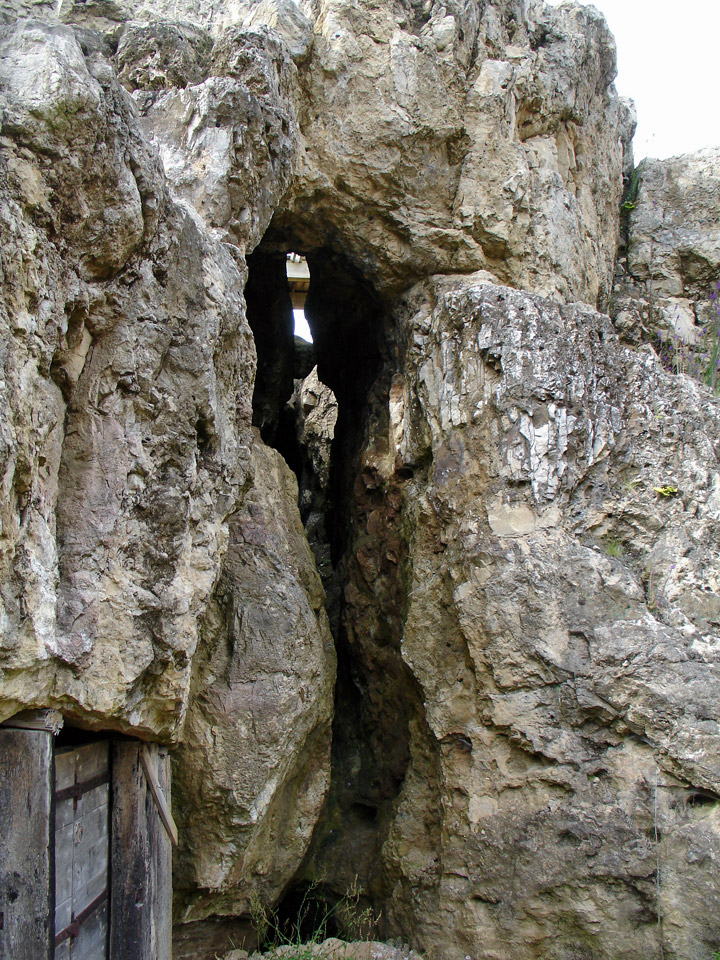
deep vertical shaft
On the surface the copper ore was crushed and washed before smelted in a clay kiln at a temperature of 1,100 degrees centigrade. reached by pumping air through burning charcoal with leather bellows. It has been estimated that up to 1.769 tons of copper metal was extracted from the Great Orme mine during the Bronze Age. Some of this copper was used for ornamental purposes but on its own is too soft for tools and weapons. Mixed with 10% tin, copper gives bronze: a tougher metal that can be poured into moulds and hardened by hammering with stone. .Axes were probably the most commonly made bronze objects and the amount of metal extracted would have permitted the manufacture of over 10 million of them. It is quite possible that the Great Orme was producing such a surplus of copper that it might even have been exported outside of Britain. Perhaps the most remarkable aspect of this bronze production is that the tin must have come from Cornwall. involving a round trip of over 500 miles.
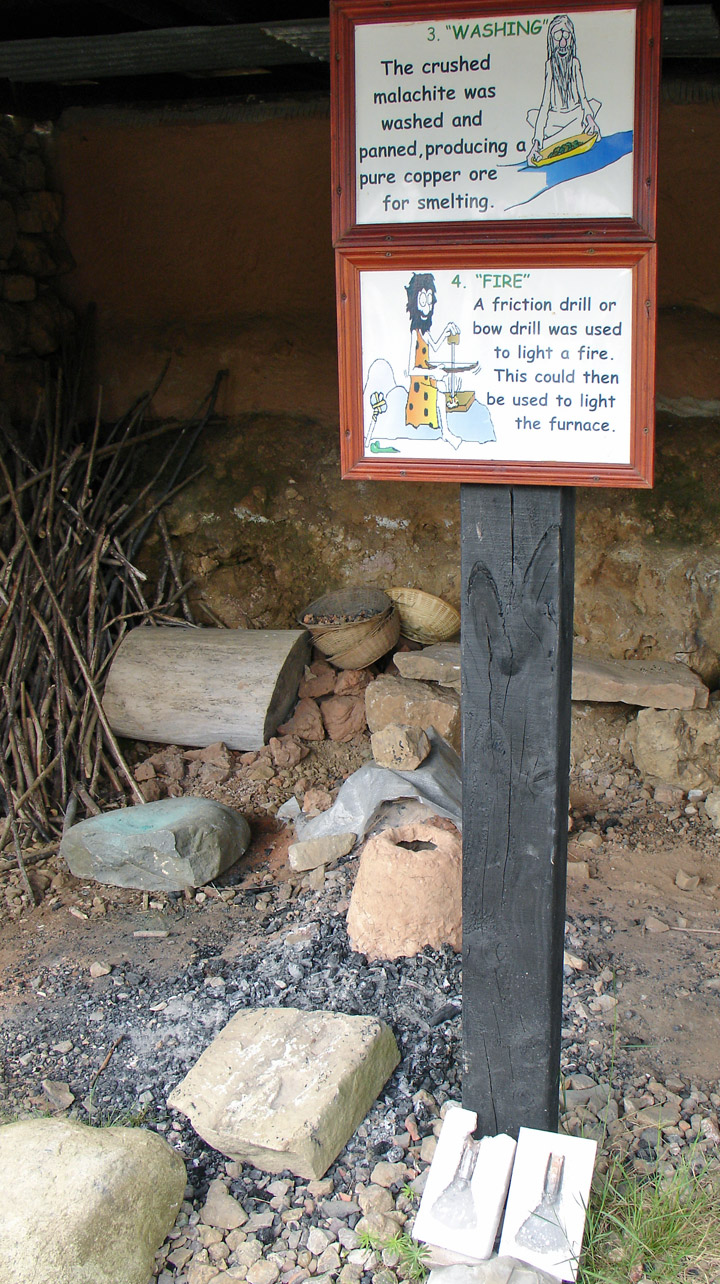
fire pot and mould
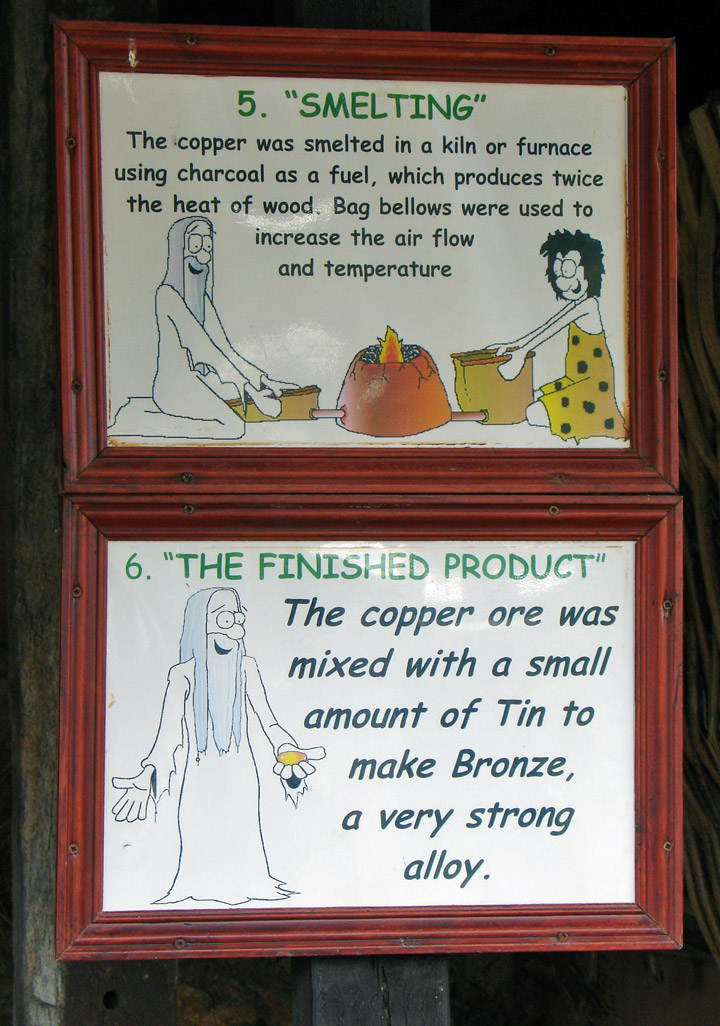
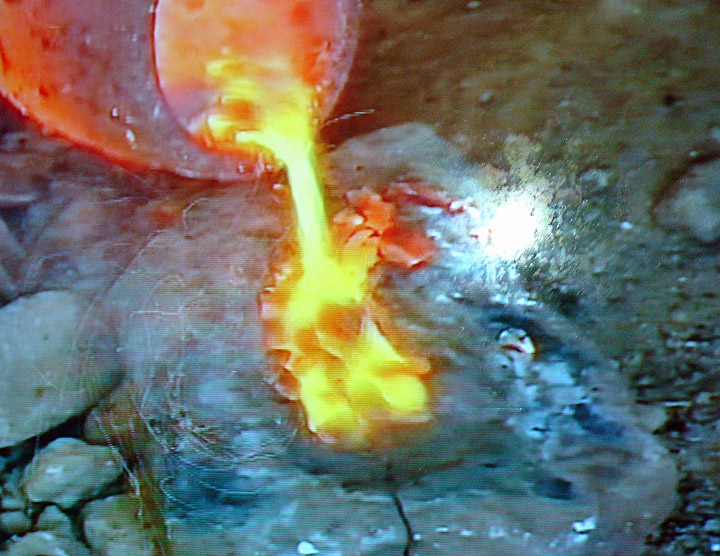
molten copper and tin being poured
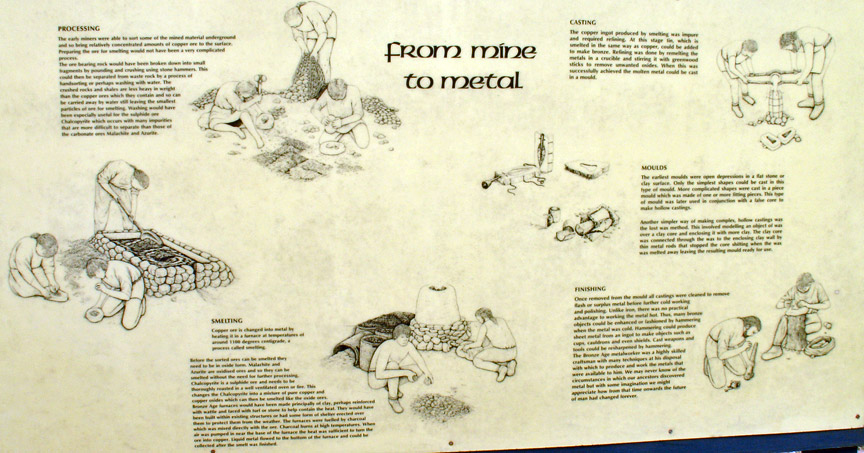
the metal working process
Interestingly, there is no evidence of either Iron Age or Roman activity in the mines. Mining. did. however, take place between 1692 AD and 1881 AD when thousands of tons of waste rubble was dumped over the surface of the site covering the old tunnel entrances. Shafts were sunk and steam-driven engines used to pump out water from the very deepest. The heyday of the mines was from the 1830s to the 1850s when 300 to 400 local men were employed on a part-time basis. Iron drills and gunpowder made mining more efficient and small steam engines introduced in the 1830ís made the hauling much easier. However, at no time were the miners raised or lowered to work. but had to climb the 120 to 160 meters at the beginning and end of their shifts. Ore worth £250,000 was therefore produced in 15 years. However, the duty on imported copper was abolished in 1848 and large scale mining was starting in Australia, North America and Chile making British mines uneconomic. When mining ceased the shafts were covered over with timber and rubble effectively sealing them for over a hundred years.
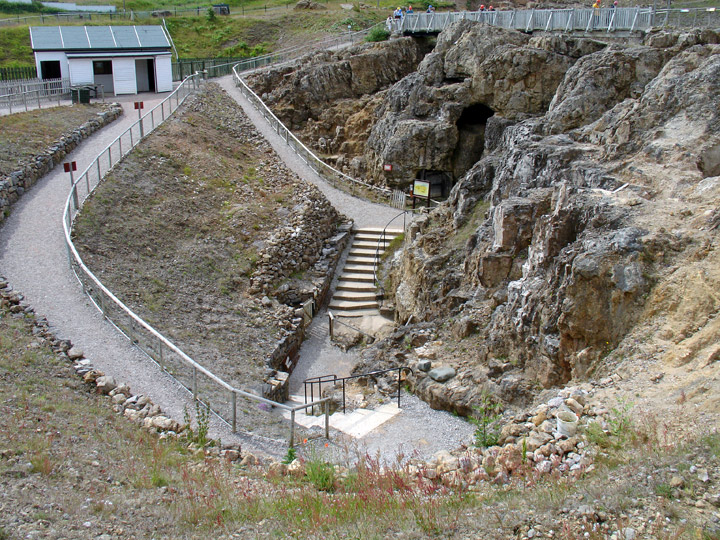
the mine which is now open for visitors
It was not until 976 that an amateur archaeologist discovered two ancient galleries and radiocarbon dating of charcoal found in them indicted a date of between 1300 and 1020 BC showing that the mines had indeed been worked during the Bronze Age. Little more was done until 1987 when the local Council thought of landscaping the area for a car park. During the surveying three major shafts were opened up and a complex network of early workings discovered. It was realized how important the site was. In 1990 Tony Hammond established Great Orme Mines Ltd to excavate and open the site to the public. Visitors were first allowed in 1991 although excavation work continues even today.

Poppies along the border
Return to Wales Elderhostel page